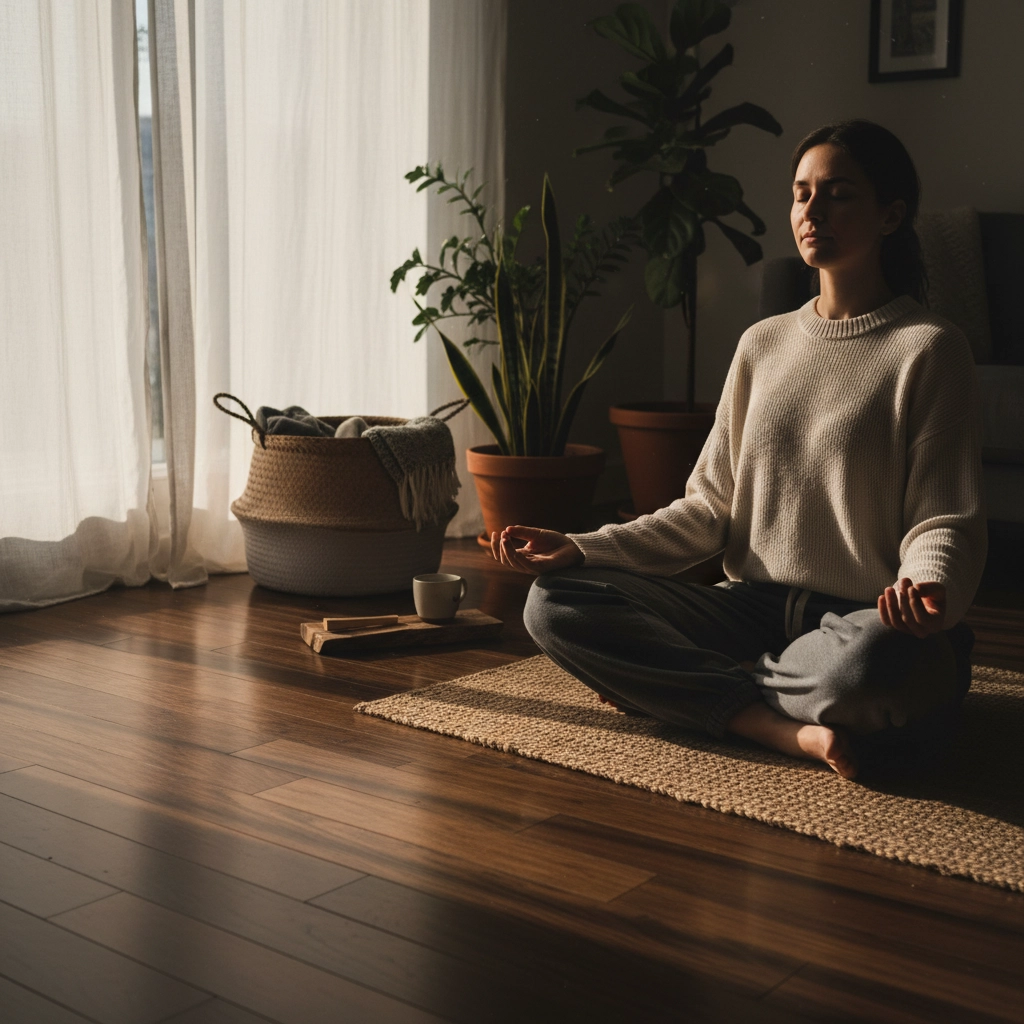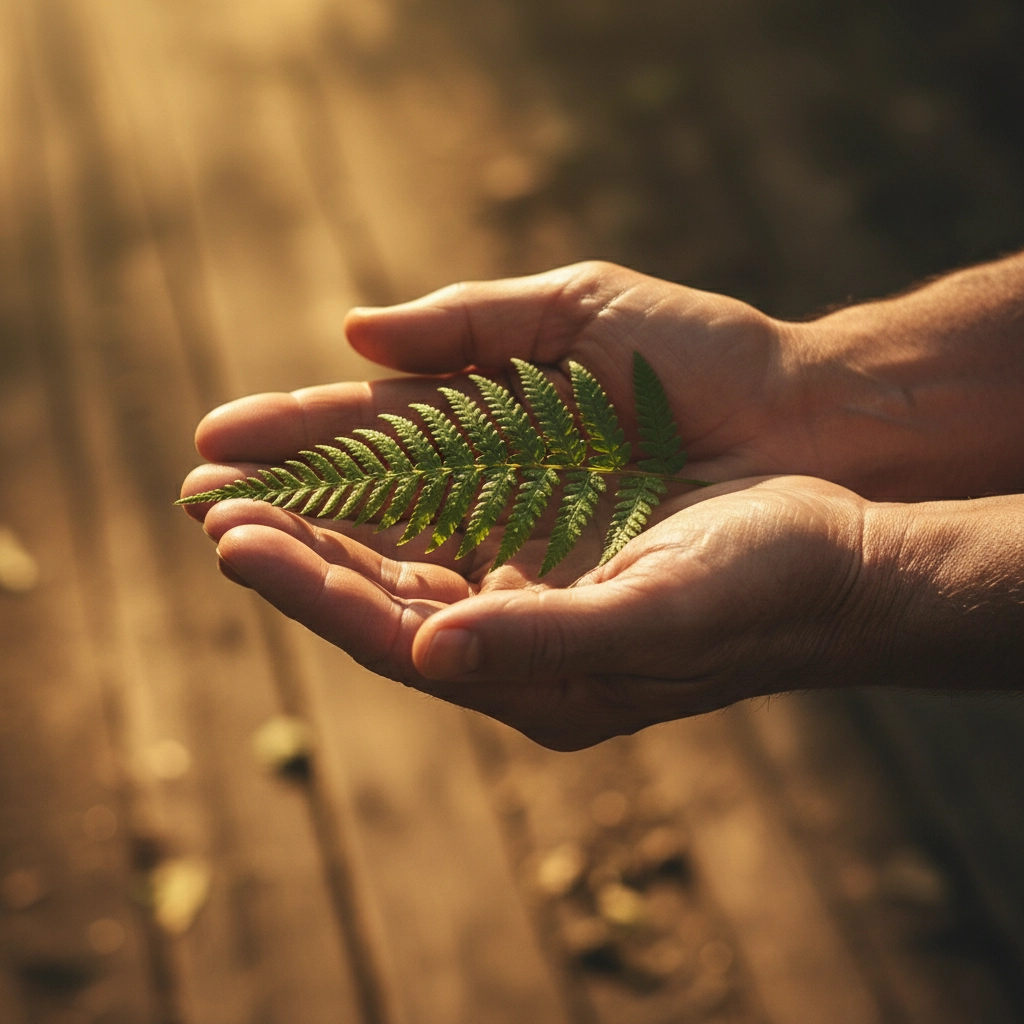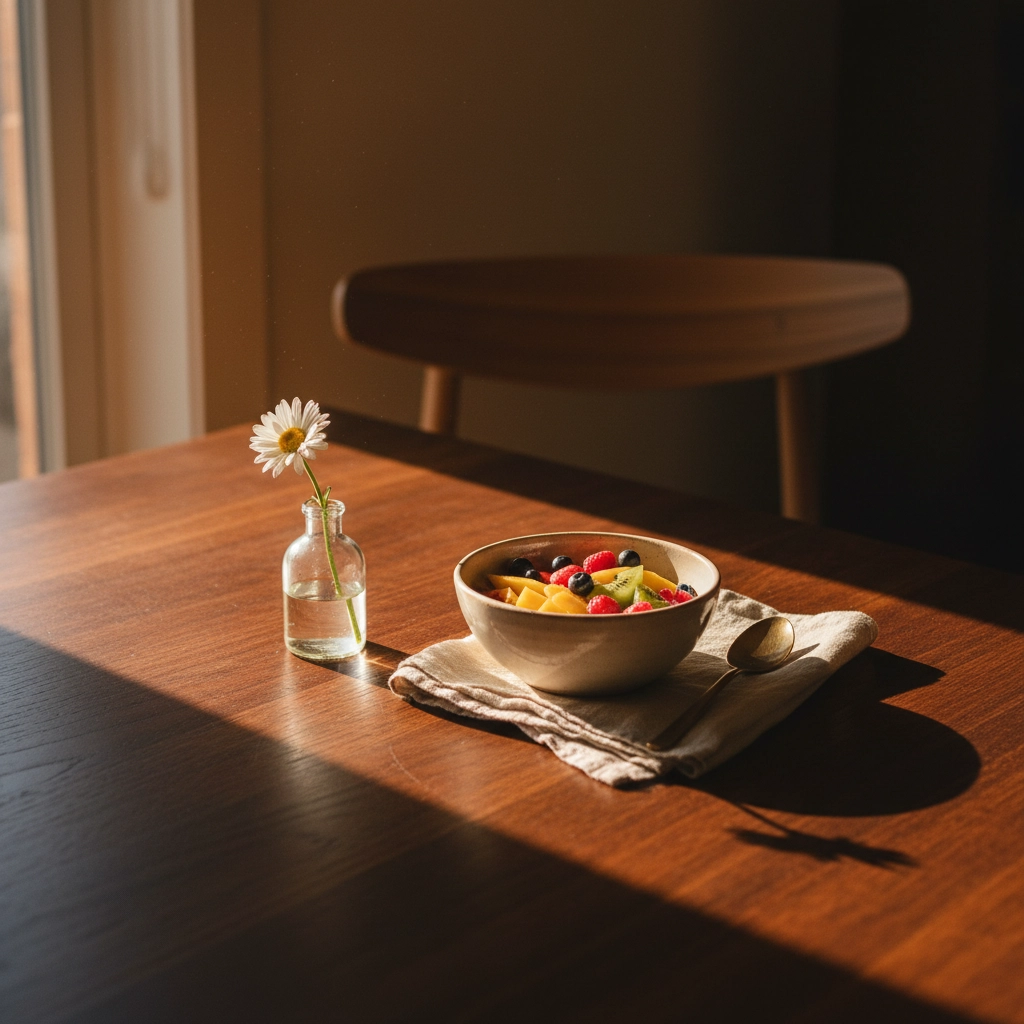In our hyper-connected, always-on world, we've become masters of multitasking and speed. We gulp our morning coffee while scrolling through emails, rush through lunch breaks, and fall into bed each night wondering where the day went. But what if there was a different way? What if slowing down could actually make our lives richer, more meaningful, and infinitely more satisfying?
The art of savoring life's simple moments isn't just about moving slower: it's about being more intentional with how we spend our time and attention. It's about rediscovering the joy in everyday experiences that we've trained ourselves to overlook in our quest for productivity and achievement.
The Health Revolution of Slowing Down

When we embrace a gentler pace of life, something remarkable happens to our bodies and minds. The physical wellness benefits become apparent almost immediately. Instead of grabbing a quick bite on the go, we have time to prepare nourishing meals at home. Rather than viewing exercise as another item to check off our to-do list, we can enjoy leisurely walks outside, bike rides through the neighborhood, or moments of peaceful stretching in the morning sun.
These activities aren't just pleasant: they're essential for our well-being. Spending time outdoors provides our bodies with vitamin D, which strengthens bones, fights disease-causing free radicals, and supports our immune system. When we're not constantly rushing from one commitment to the next, we naturally make healthier choices because we have the mental space to consider what truly serves us.
The mental health benefits are equally transformative. People who embrace slower lifestyles typically experience less anxiety, reduced stress, and a greater sense of calm. This happens because a gentler pace allows our nervous system to reset, lowering cortisol levels and helping us feel more centered. Instead of being overwhelmed by everything at once, we gain the ability to approach problems one at a time, viewing each situation from a clearer perspective.
Cultivating Present-Moment Awareness

The heart of slow living lies in being fully present in each moment. This might sound simple, but in practice, it's revolutionary. How often do you actually taste your morning coffee instead of just consuming it as fuel? When was the last time you had a conversation without mentally preparing your next response or checking your phone?
Present-moment awareness transforms ordinary activities into opportunities for mindfulness and joy. Research shows that higher mindfulness is associated with a more balanced perspective on time: less preoccupation with negative thoughts about the past or anxiety about the future, and a clearer focus on what's happening right now.
Consider your morning coffee ritual. Instead of rushing through it, what if you took a moment to appreciate the aroma, the warmth of the cup in your hands, and the rich flavor as it touches your tongue? If you're a fan of bold, full-bodied brews, our French Roast Coffee offers the perfect opportunity to practice this kind of mindful appreciation: its deep, smoky flavor practically demands that you slow down and savor each sip.
The Art of Intentional Movement
Even our physical practices can become exercises in mindfulness. Slow, deliberate movements: whether in yoga, stretching, or even how we walk through our home: engage our muscles more effectively and create a stronger mind-body connection.
When we move with intention rather than urgency, we build not just physical strength but mental clarity and emotional well-being. This approach to movement promotes endurance, flexibility, and balance while naturally reducing stress levels. It's about quality over quantity, precision over speed.
Finding Joy in the Ordinary

One of the most beautiful aspects of slow living is learning to find joy in whatever we're doing, whether it's folding laundry, washing dishes, or commuting to work. When we slow down, we begin to notice details we previously overlooked: the way morning light filters through our kitchen window, the satisfying rhythm of organizing our workspace, or the genuine smile of a colleague.
This shift in perspective helps us connect more deeply with the people around us. Instead of rushing through conversations, we actually listen to what others are saying. We engage with them on a more personal level, building stronger relationships and creating more meaningful connections.
The practice transforms routine activities into opportunities for gratitude and appreciation. That mundane Tuesday morning becomes a chance to notice the changing seasons, appreciate our health, or simply enjoy the comfort of a familiar routine.
Building Daily Rituals That Ground You

The foundation of slow living often lies in embracing simple daily rituals that anchor us in the present moment. These don't need to be elaborate or time-consuming: they just need to be intentional.
Your morning coffee ritual can become a meditation on gratitude. The five minutes you spend watering your plants can become a moment of connection with nature. Even something as simple as taking three deep breaths before entering your home after work can serve as a transition from the busy world to your personal sanctuary.
These rituals create rhythm and stability in our lives. They serve as gentle reminders to pause, notice, and appreciate rather than simply rushing from one task to the next. They help us remember that life is happening right now, not just in the weekends or vacations we're constantly looking forward to.
The Power of Connection with Nature
Slow living naturally encourages a stronger relationship with the natural world. When we're not constantly rushing, we're more likely to spend time outdoors, notice seasonal changes, and feel genuinely connected to the earth around us.
This connection doesn't require grand gestures: it can be as simple as eating lunch outside, taking a few minutes to watch the sunrise, or paying attention to the weather without immediately thinking about how it will affect our plans. Research shows that practicing mindfulness in natural environments significantly enhances our sense of connection to nature and elevates our mood.
Making the Shift

Transitioning to a slower pace doesn't mean abandoning all your responsibilities or dramatically changing your life overnight. It's about making small, intentional choices that prioritize presence over productivity, depth over breadth, and quality over quantity.
Start with your mornings. Instead of jumping out of bed and immediately checking your phone, try spending a few minutes in quiet reflection. Allow extra time for your morning routine so you're not rushing. Actually taste your breakfast instead of eating while multitasking.
As Eddie Cantor wisely noted, when we go too fast, we miss not only the scenery but also "the sense of where you are going and why." Slow living helps us rediscover both the beauty of the journey and the clarity of our direction.
Remember, in a world that profits from our constant urgency and dissatisfaction, choosing to slow down and savor life's simple moments is actually quite radical. It's a quiet rebellion against the idea that we must always be doing more, achieving more, consuming more.
The truth is, everything you need for a fulfilling life is probably already within reach. It's in the warmth of your morning coffee, the smile of a loved one, the satisfaction of a job well done, or the simple pleasure of a quiet moment at the end of the day. The art lies not in acquiring more of these moments, but in learning to fully experience the ones we already have.
In embracing slowness, we don't lose anything important: we gain everything that truly matters. We gain presence. We gain peace. We gain the ability to taste our lives instead of just surviving them. And in a world that seems determined to speed up, that might be the most precious gift we can give ourselves.




